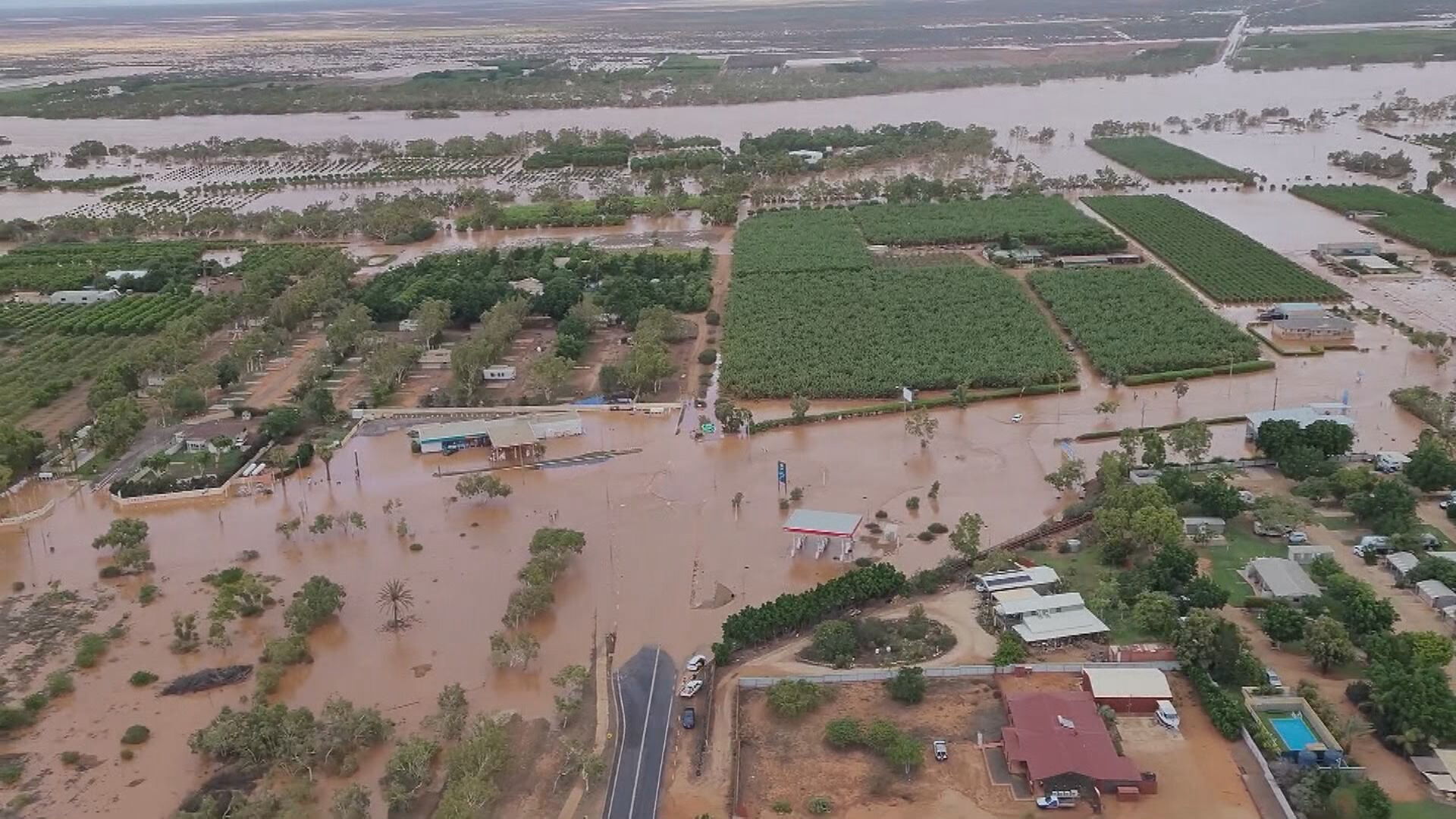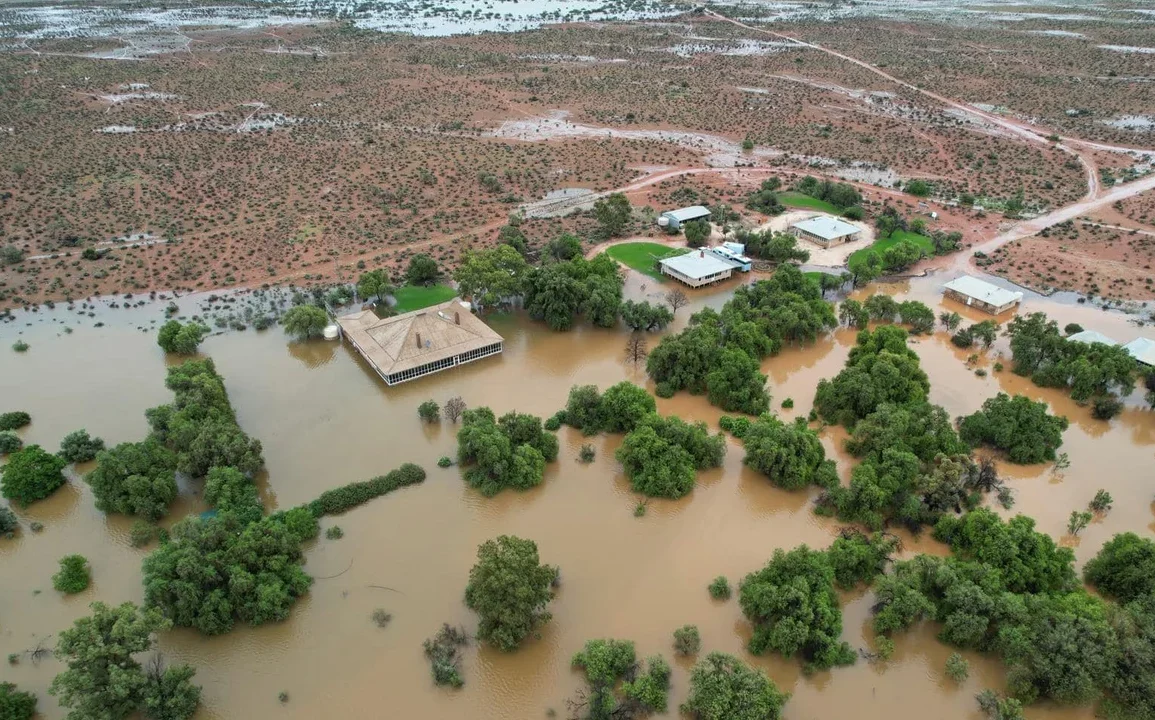It’s often surprising to consider that Western Australians live in one state, given the stark climate contrasts between the northern and southern regions.
This past winter exemplified these differences. For the 2.3 million residents in the Perth metropolitan area, the season was notably wetter than usual. Perth experienced 62 rainy days over the past three months, the highest number since the winter of 1996.
The city received 427 millimeters of rain during this period, approximately 30 millimeters more than its seasonal average. Last month alone saw 130.2 millimeters of rainfall, up from 75 millimeters in August 2023.
This follows a record-dry first half of the year, with only 21.8 millimeters of rain recorded from October last year to the end of March.
Even as spring began, residents in Perth’s southern and central suburbs were hit by hail on Thursday afternoon. Reports of hail came in from Karawara, Beaconsfield, St James, Hamilton Hill, O’Connor, Coolbinia, and Darlington.
The winter season started with a dry spell, as predicted by the Bureau of Meteorology (BOM), with June’s rainfall being well below average across much of southern Western Australia.
However, by mid-July, the weather pattern shifted, and rainfall increased throughout August due to a series of cold fronts affecting the south. These systems significantly boosted rainfall totals across much of the South West Land Division, Midwest, and southern Gascoyne.
Some areas even recorded their wettest winter on record. Bunbury, for example, accumulated around 641.6 millimeters of rain, and Kalbarri received 548 millimeters, surpassing its previous record set in 1978. The Mount William station recorded the highest total in the state with 845 millimeters.
Conversely, the Wheatbelt and Great Southern regions received below-average rainfall, resulting in a drier August and season.

Meteorologist Jessica Lingard noted that while some regions, including parts of the Pilbara and the interior, saw some rainfall in August, it was insufficient to fully compensate for the dry start to winter.
While the southern half of the state dealt with increased wet weather, the northern regions experienced a record-breaking end to winter with unusually high temperatures.
In the final week of the season, more than 20 sites recorded their highest-ever winter temperatures. The Yampi Sound station in the Kimberley reached 41.6°C on August 26, setting both state and national records for winter temperatures.
Over the past 67 years, Western Australia had only reached 40°C in August four times, but by the end of last month, that number had risen to 19. Eucla in the southeast also recorded its hottest winter day at 34.7°C, about 16°C above its average winter temperature.
Lingard remarked that this unseasonable heat likely contributed to WA’s mean temperature being 1.62 degrees above average, making it the state’s warmest winter on record since observations began in 1910. She expressed concern over these records, noting that while warmer records are sometimes celebrated, they indicate troubling changes in the climate.
Looking ahead to spring, the extreme climate differences across the state persist. Northern WA is expected to experience temperatures exceeding 40°C, while the south coast will remain under a pattern of cold fronts with temperatures about 20 degrees lower.
The BOM’s official spring outlook predicts warmer than usual temperatures for much of the state and a wetter-than-average season for eastern Australia. Inland parts of WA have a 60 to 80 percent chance of below-average rainfall.
Lingard noted that the spring forecast does not provide a clear signal for the south of WA due to all major climate drivers currently being in neutral phases.
As a result, there are no strong indications of either significantly wetter or drier conditions. The hope is for average conditions, which would be a welcome change.

